Blender to Unreal Engine 5 | 3D Props | Medieval Market
Complete Guide To Learning How To Create AAA Game Assets In Blender and Then Export to Unreal Engine 5
4.69 (29 reviews)
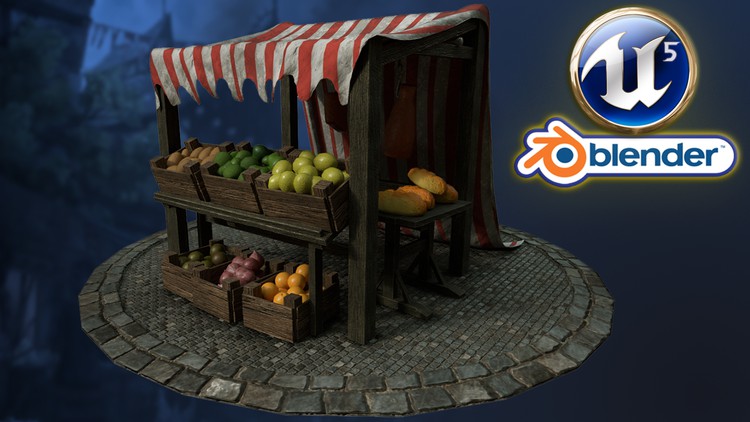
648
students
6.5 hours
content
Aug 2024
last update
$54.99
regular price
What you will learn
• Following through a complete guide on creating a set of AAA game-ready quality medieval market stall
• Maximising the potential of your references to develop strong game asset concepts
• Using Blender and understanding its interface and shortcuts
• 3D modelling from a beginner level right up to techniques used by professionals around the world in many top game companies
• A course within a course introduction into (a) Blender basics, (b) materials and textures, and (c) seams, sharps, and UVs
• Discovering the basics of using the Blender cloth simulator
• Learning how to use an HDRI as a 3D model background for your portfolio
• Maintaining and optimising medieval Europe aesthetics
• Effective problem-solving in Blender
• Adding materials using Blender’s node system
• Complete guide on marking seams & texture resolutions
• Complete UV Mapping Guide: UV mapping and UV unwrapping your model
• Being introduced to environment creation in Unreal Engine 5
• Learning how to use rendering to improve the quality of presentation for your 3D environment in Blender Cycles and Unreal Engine 5
• Taking a high-resolution render in Unreal Engine 5
• Rendering game assets to a high level for professional 3D artist portfolios
Screenshots
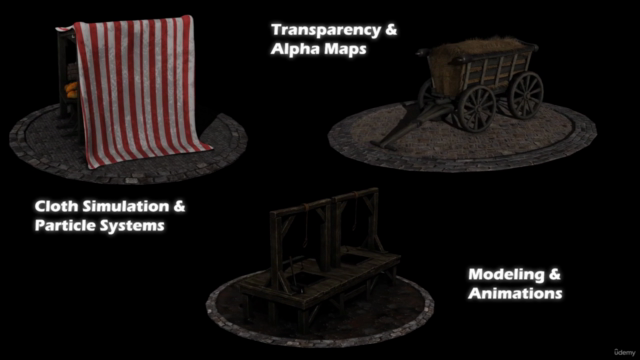
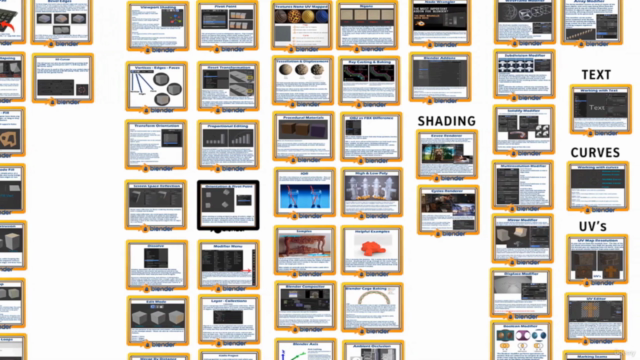
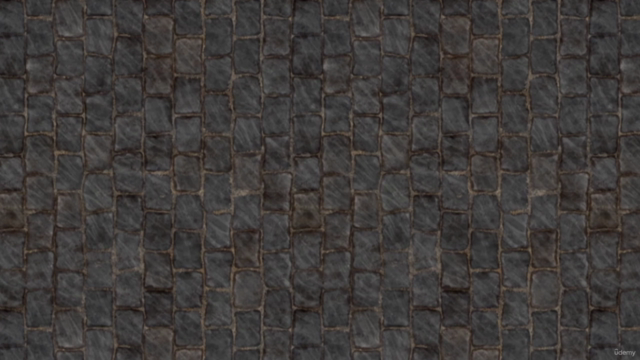
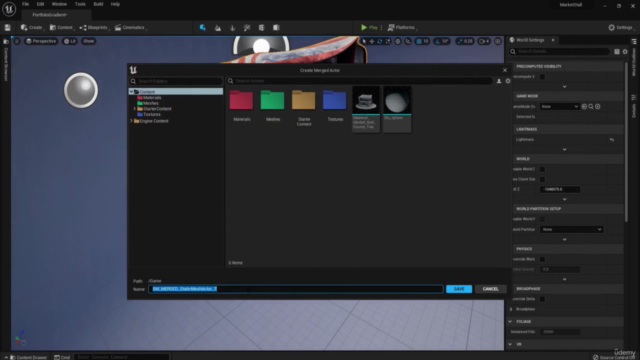
Related Topics
4398220
udemy ID
11/15/2021
course created date
11/19/2021
course indexed date
Bot
course submited by